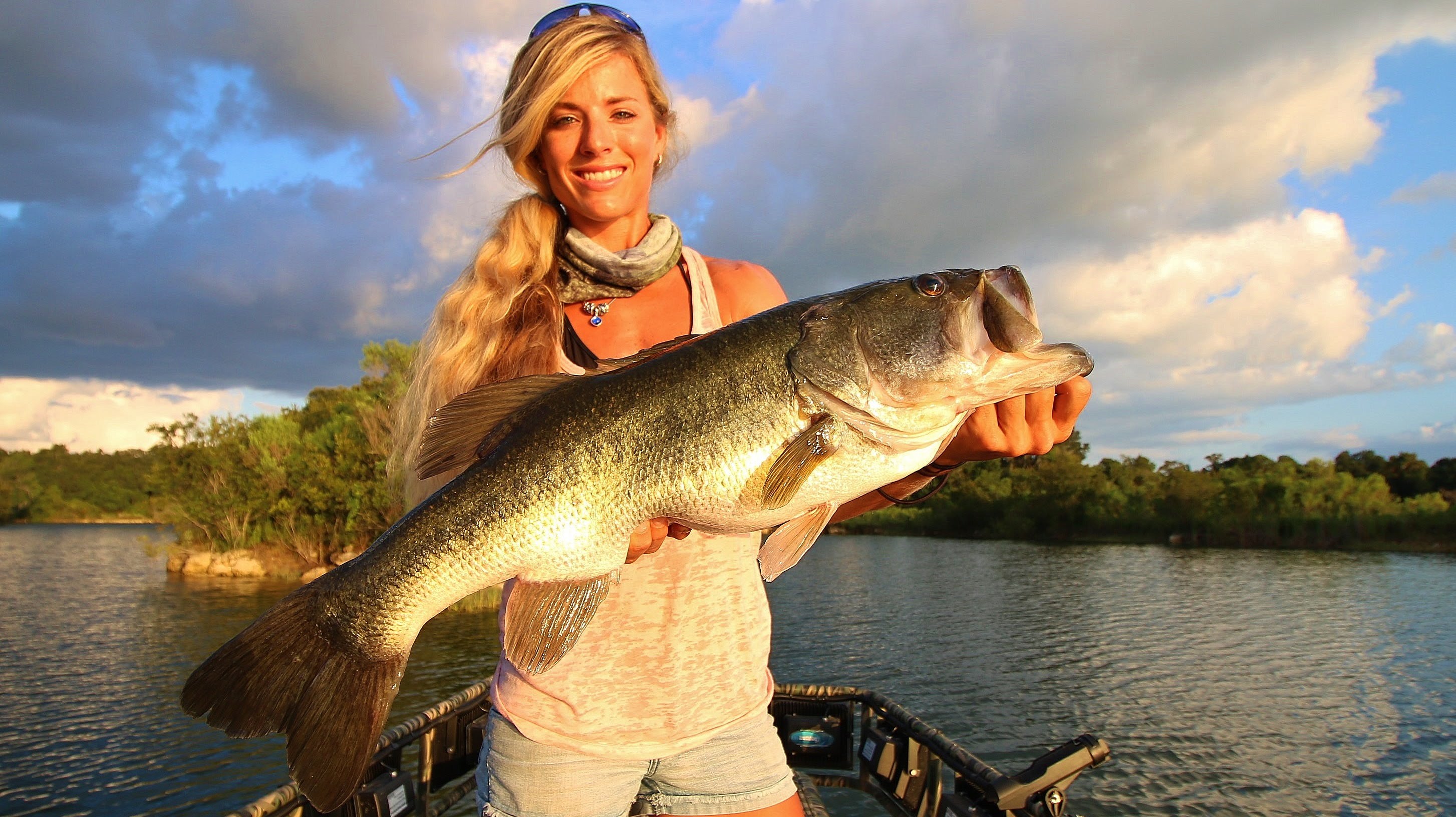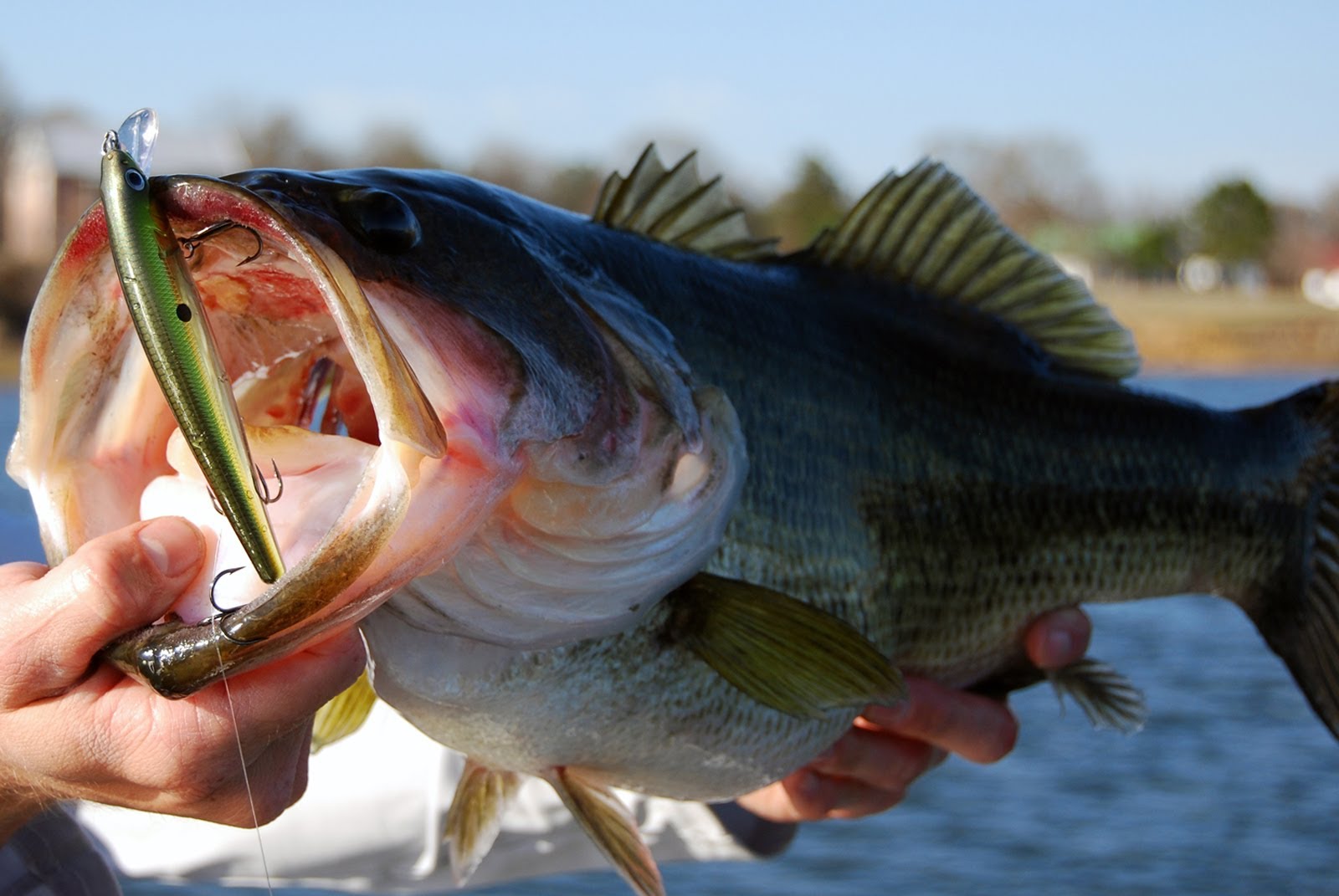 Lake Fork Texas best bass fishing and boating web portal. Bass fishing news, marinas, lodging, boat repair, tackle shops, bass fishing tournaments, fishing reports, bass fishing guides, bass boat news, bass fishing classified ads, bass fishing product reviews, bass fishing forums and more. Lake Fork Guide is dedicated to providing Lake Fork bass fishing and boating enthusiasts a venue for posting news about your bass fishing and boating experiences, questions and comments. You submit the news about your lake, bass fishing tournaments, conservation issues or anything else, related to bass fishing, boats and boating, that’s on your mind.
Lake Fork Texas best bass fishing and boating web portal. Bass fishing news, marinas, lodging, boat repair, tackle shops, bass fishing tournaments, fishing reports, bass fishing guides, bass boat news, bass fishing classified ads, bass fishing product reviews, bass fishing forums and more. Lake Fork Guide is dedicated to providing Lake Fork bass fishing and boating enthusiasts a venue for posting news about your bass fishing and boating experiences, questions and comments. You submit the news about your lake, bass fishing tournaments, conservation issues or anything else, related to bass fishing, boats and boating, that’s on your mind.
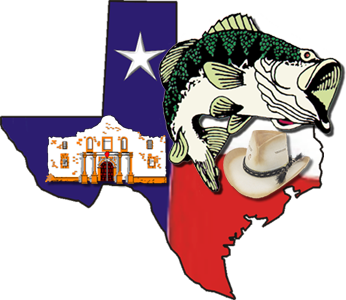 Lake Fork bass fishing news, the way you want it! You post your news Submit News, post your bass fishing photos in the Photo Gallery, discuss your favorite bass fishing or bass boat topics in the Forums, read or post bass fishing reports and buy or sell bass boats, bass fishing tackle, depth finders, GPS units in our Lake Fork Classified Ads.
Lake Fork bass fishing news, the way you want it! You post your news Submit News, post your bass fishing photos in the Photo Gallery, discuss your favorite bass fishing or bass boat topics in the Forums, read or post bass fishing reports and buy or sell bass boats, bass fishing tackle, depth finders, GPS units in our Lake Fork Classified Ads.
Location: On the Sabine River in Hopkins, Rains and Wood Counties, 5 miles northwest of Quitman
Surface area: 27,264 acres
Maximum depth: 70 feet
Impounded: 1980
Largemouth bass is the most popular sportfish in this reservoir. A combination of restrictive harvest regulations, stocking of Florida strain largemouth, and abundant habitat has contributed to Lake Fork’s development as one of the country’s premier trophy bass lakes. More than 65% of the Texas Top 50 largest bass (including the current state record) and more than half of those entered in the Toyota ShareLunker Program, were caught from Lake Fork. Crappie fishing is generally good, especially in standing timber and under the lake’s numerous bridges. Channel catfish provide an excellent sport fishery, which has increased in popularity and notoriety in recent years. White bass have been slowly increasing in abundance and provide an additional sportfish species in the reservoir. Yellow bass or “barfish” are often caught during the winter months, often associated with largemouth bass. These fish tend to be relatively small but they are great table fare and they are as tasty as crappie. Sunfish, primarily bluegill, offer additional opportunities for anglers during spring and summer.
Habitat in Fork Reservoir consists of submerged aquatic vegetation, standing timber, and flooded terrestrial vegetation. Hydrilla is the predominant plant species, although many native plants such as coontail and pondweed are also present. In the lower part of the reservoir the water is relatively clear; game fish are typically found around vegetation edges, flats, humps, and creek channels. In the upper third of the reservoir, the abundance of vegetation typically declines. Timber, brush, laydowns, and creek channels provide upper-lake game fish habitat. A few man-made fish attractors provide additional structure. Coordinates are available on our fish attractor download page.
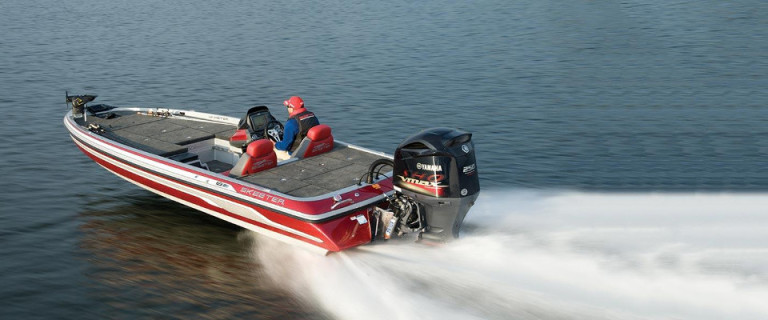 Largemouth bass anglers are most successful on this reservoir during the spring, fall, and winter months. Spinnerbaits, plastic worms and lizards, jigs and lipless crankbaits are all popular lures during peak fishing in the spring (mid-February to April) when fishing is concentrated along the shoreline for spawning fish. Nightime fishing during the hot summer months can be very productive and a good way to beat the Texas heat. At this time, plastic worms, spinnerbaits, crankbaits and topwaters are often used. During late summer and early fall, when fish are schooling, crankbaits and topwater lures can be very effective. In winter jigging spoons, jigs and crankbaits are most productive. Anglers are successful at catching largemouth bass year round at Lake Fork. During the fall, winter and spring months, fish are active for longer periods of the day and are typically found in shallow water. A variety of baits and techniques will work during these times, but crankbaits and spinnerbaits are usually the preferred choices. During the hot summer, the bite usually slows and fish activity is usually concentrated during early morning, late evening, and at night. Topwater baits are good choices during low light conditions. As the sun rises, most bass concentrate in or around vegetation edges and man-made brush piles, or seek refuge on deep ledges and creek channels. During this time, plastic worms, jigs, and Carolina rigs are preferred baits.
Largemouth bass anglers are most successful on this reservoir during the spring, fall, and winter months. Spinnerbaits, plastic worms and lizards, jigs and lipless crankbaits are all popular lures during peak fishing in the spring (mid-February to April) when fishing is concentrated along the shoreline for spawning fish. Nightime fishing during the hot summer months can be very productive and a good way to beat the Texas heat. At this time, plastic worms, spinnerbaits, crankbaits and topwaters are often used. During late summer and early fall, when fish are schooling, crankbaits and topwater lures can be very effective. In winter jigging spoons, jigs and crankbaits are most productive. Anglers are successful at catching largemouth bass year round at Lake Fork. During the fall, winter and spring months, fish are active for longer periods of the day and are typically found in shallow water. A variety of baits and techniques will work during these times, but crankbaits and spinnerbaits are usually the preferred choices. During the hot summer, the bite usually slows and fish activity is usually concentrated during early morning, late evening, and at night. Topwater baits are good choices during low light conditions. As the sun rises, most bass concentrate in or around vegetation edges and man-made brush piles, or seek refuge on deep ledges and creek channels. During this time, plastic worms, jigs, and Carolina rigs are preferred baits.
Crappie anglers concentrate their efforts in deep water near the dam during the winter months. In late spring and early fall, most anglers fish for crappie under the bridges (Highway 154, Highway 515, CR 2946 and CR 514). Live minnows and crappie jigs are among the most popular baits used. The catfish population is dominated by channel catfish, but also includes flathead and a few large blue cats. Stinkbait and cutbait work well for channel cats, while live bait is preferred for flatheads. Anglers occasionally catch large blue catfish. Sunfish such as bluegill and redear can be caught in early summer, in shallow water, using crickets, earthworms and small spinners. During the remainder of the year they can be caught using the same baits around piers, boathouses and submerged humps.
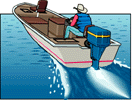 White bass can grow exceptionally large in Lake Fork due to abundant prey species. Jigging spoons and live baitfish work well for yellow and white bass. When white bass are schooling, topwater baits and small crankbaits can be especially effective.
White bass can grow exceptionally large in Lake Fork due to abundant prey species. Jigging spoons and live baitfish work well for yellow and white bass. When white bass are schooling, topwater baits and small crankbaits can be especially effective.

